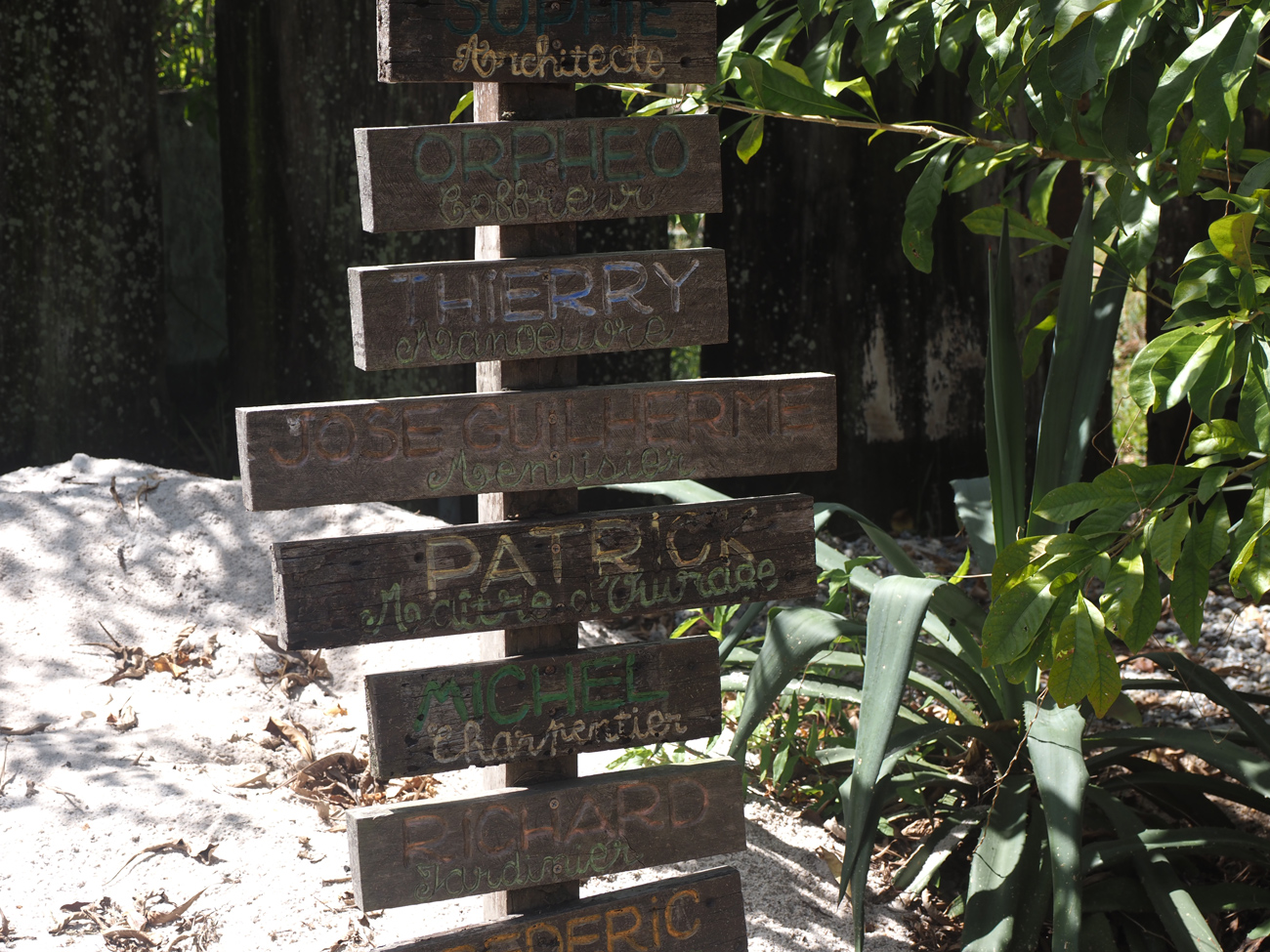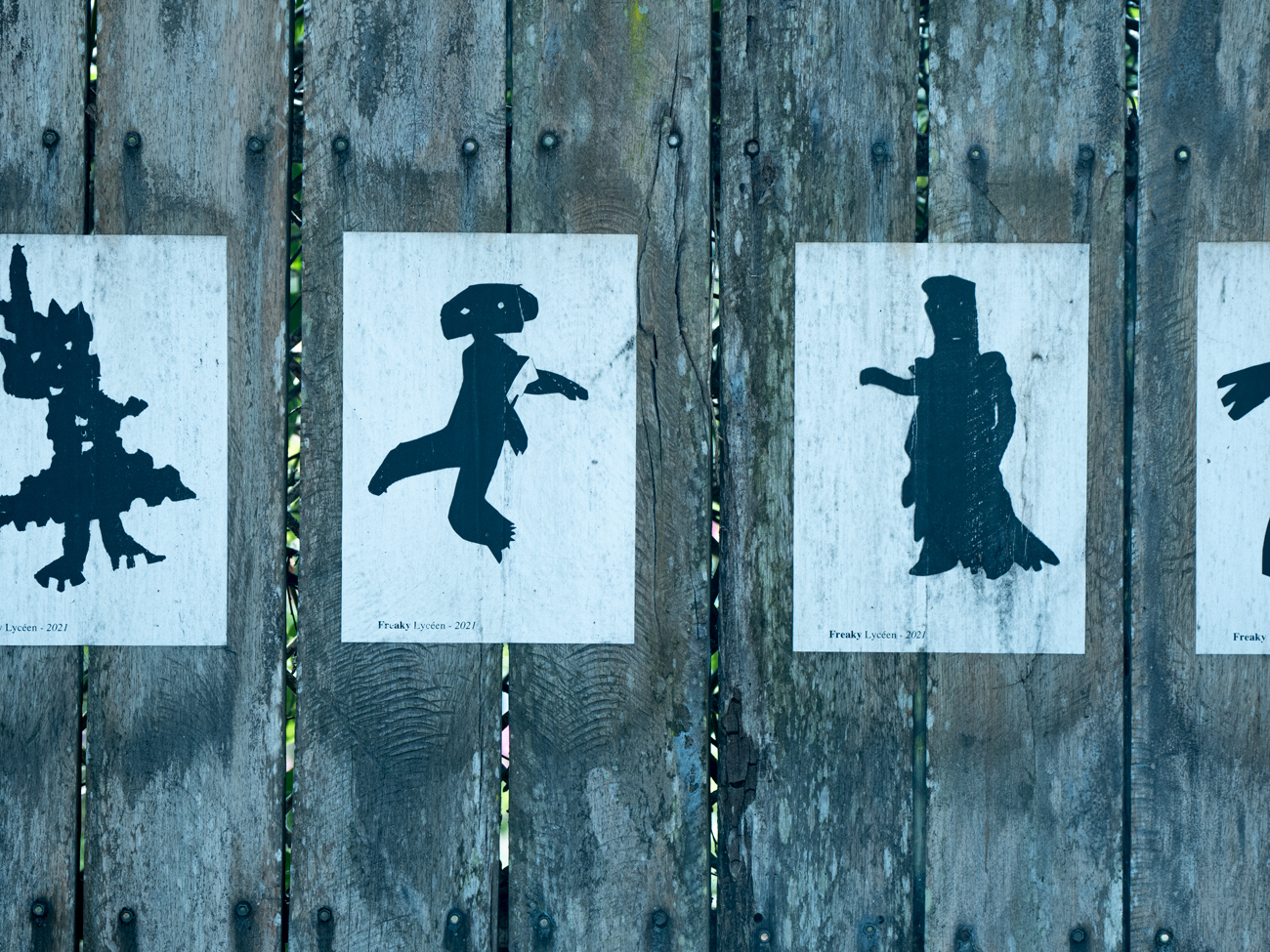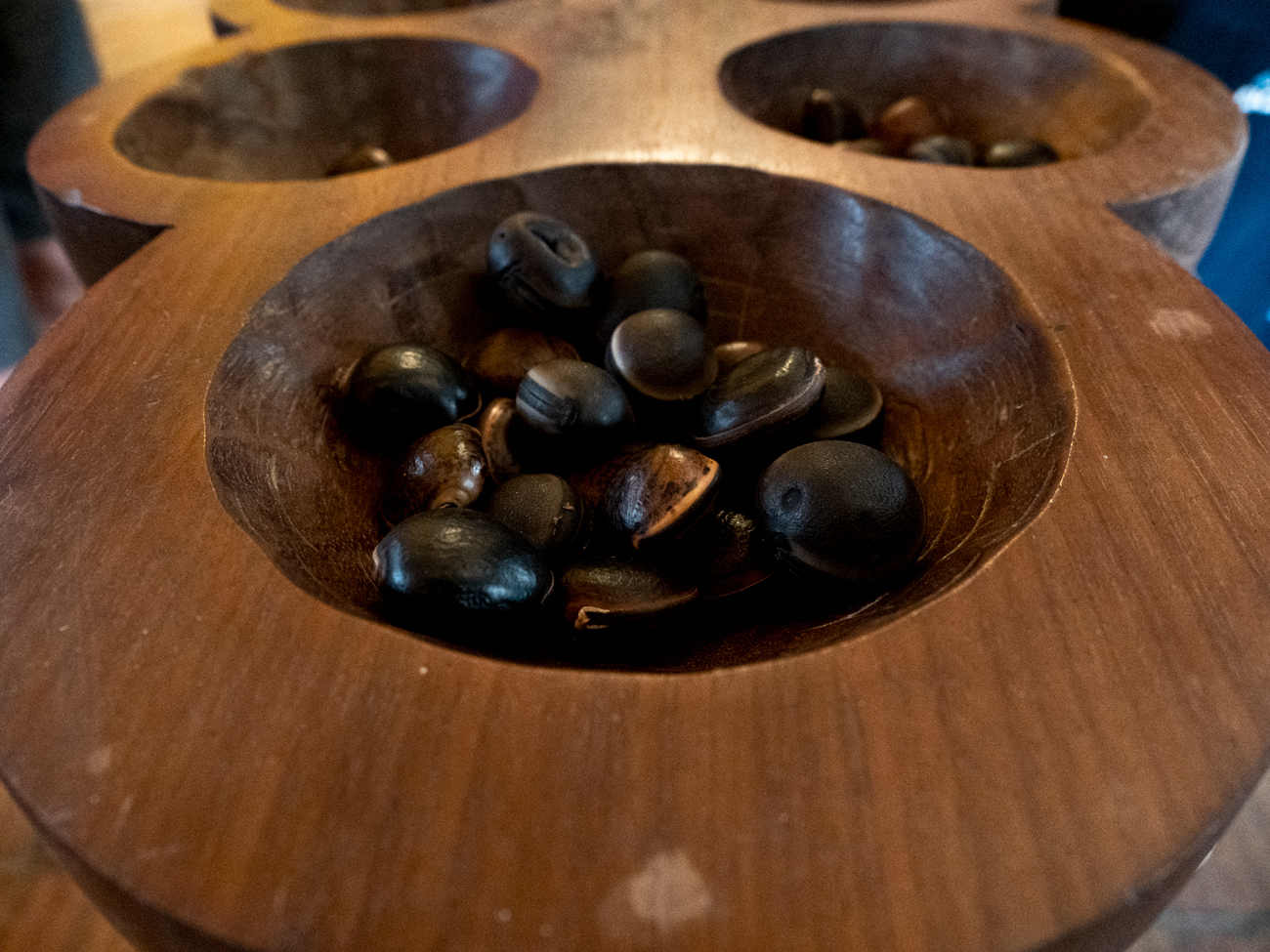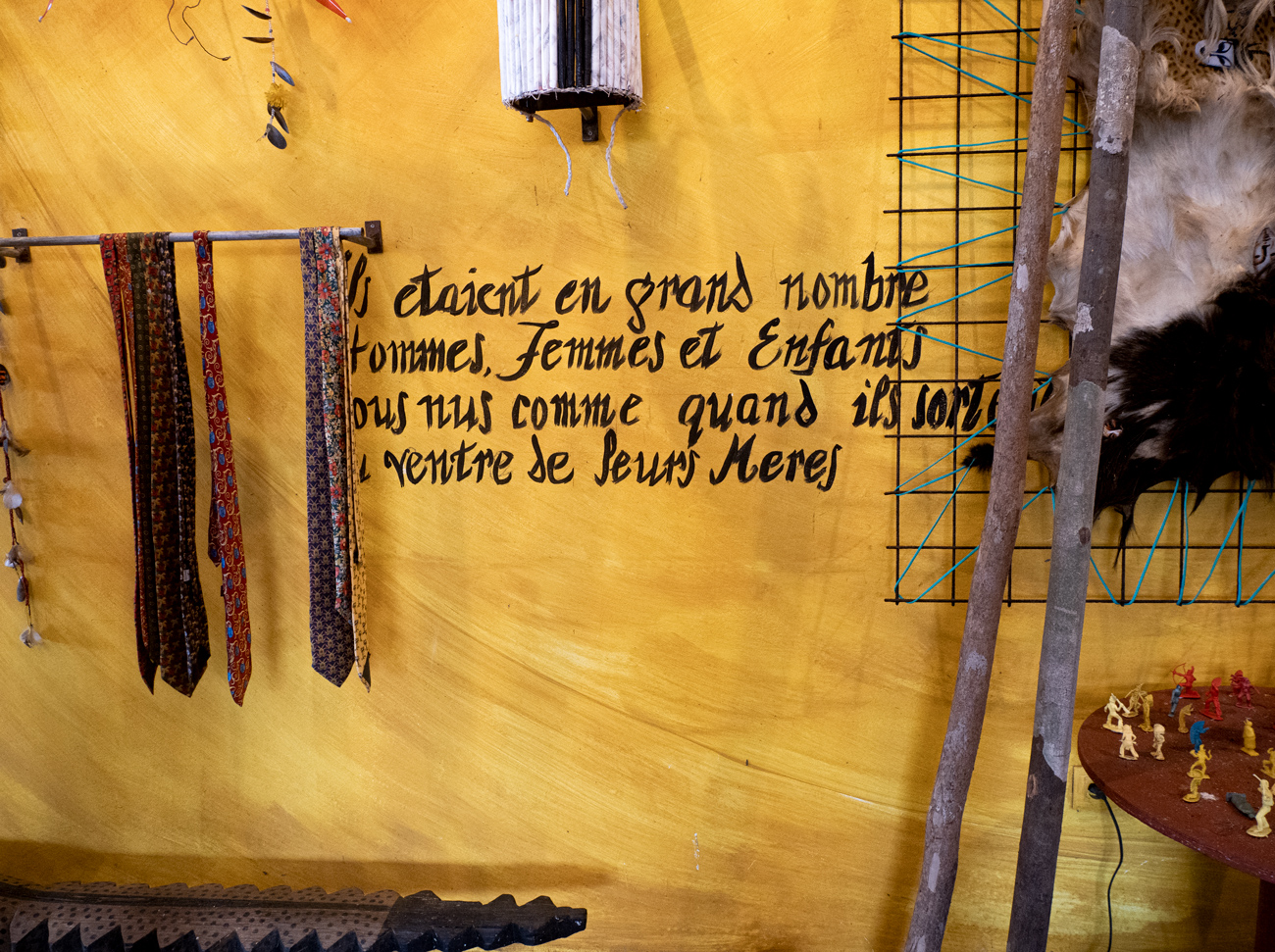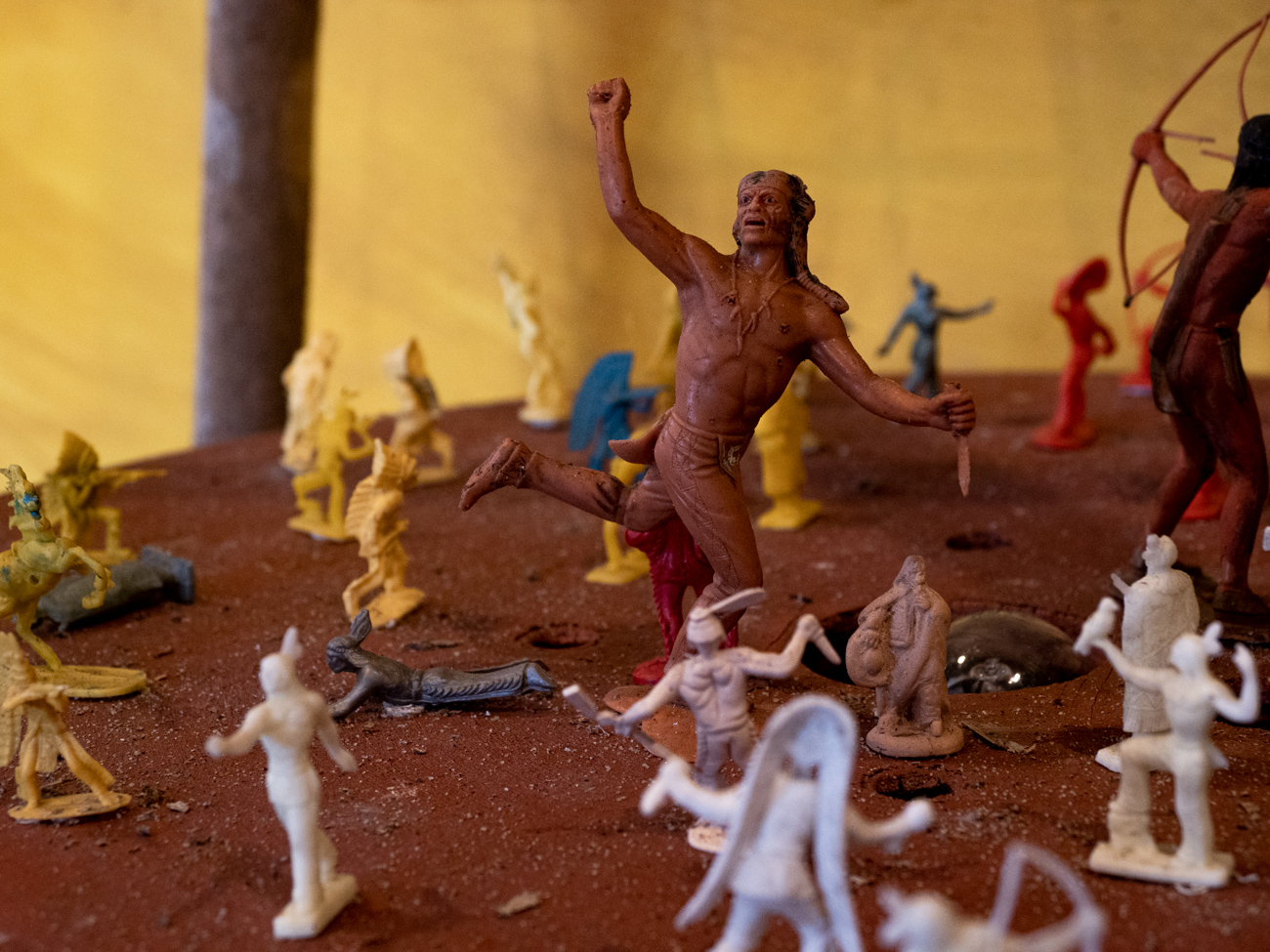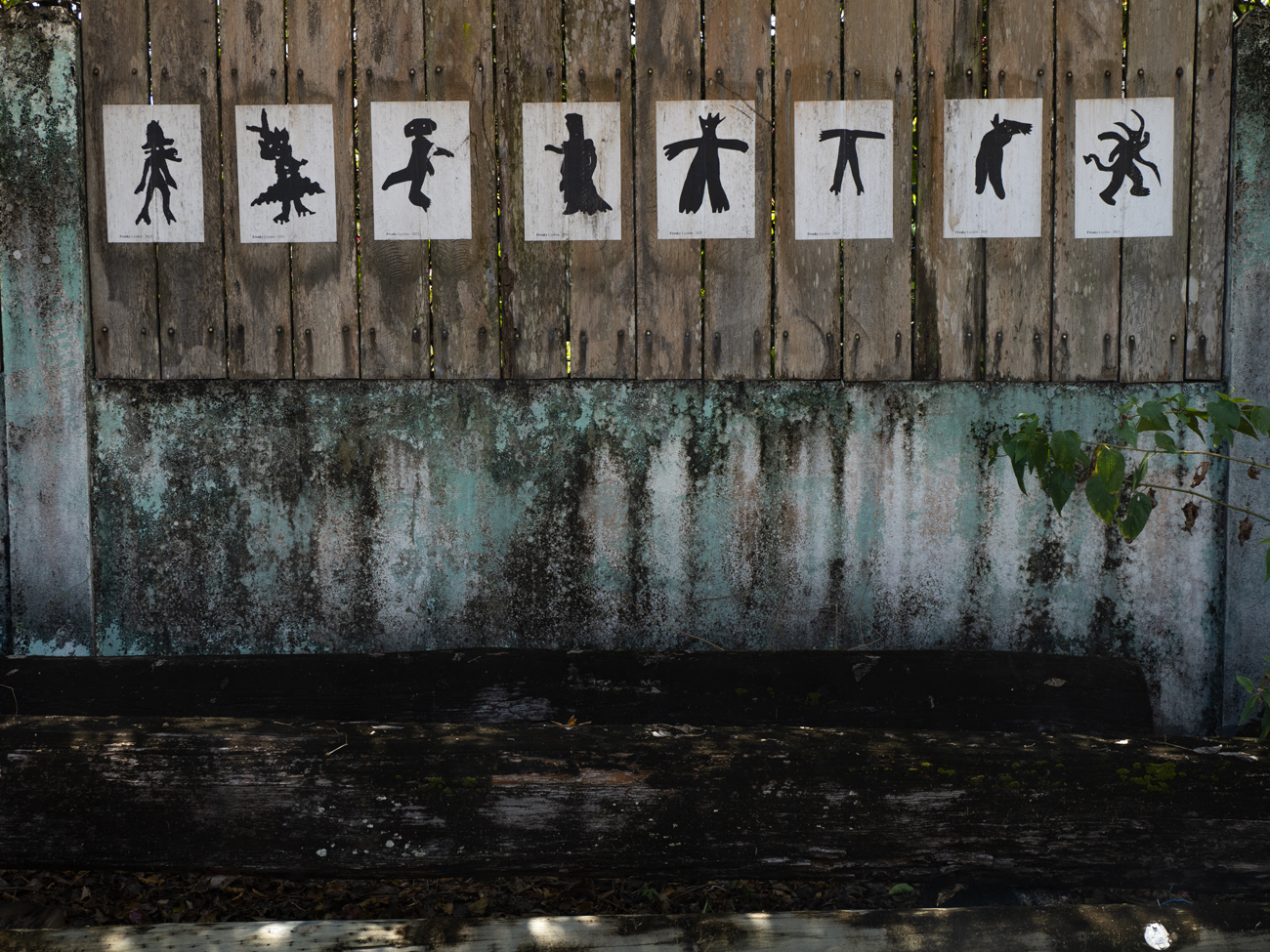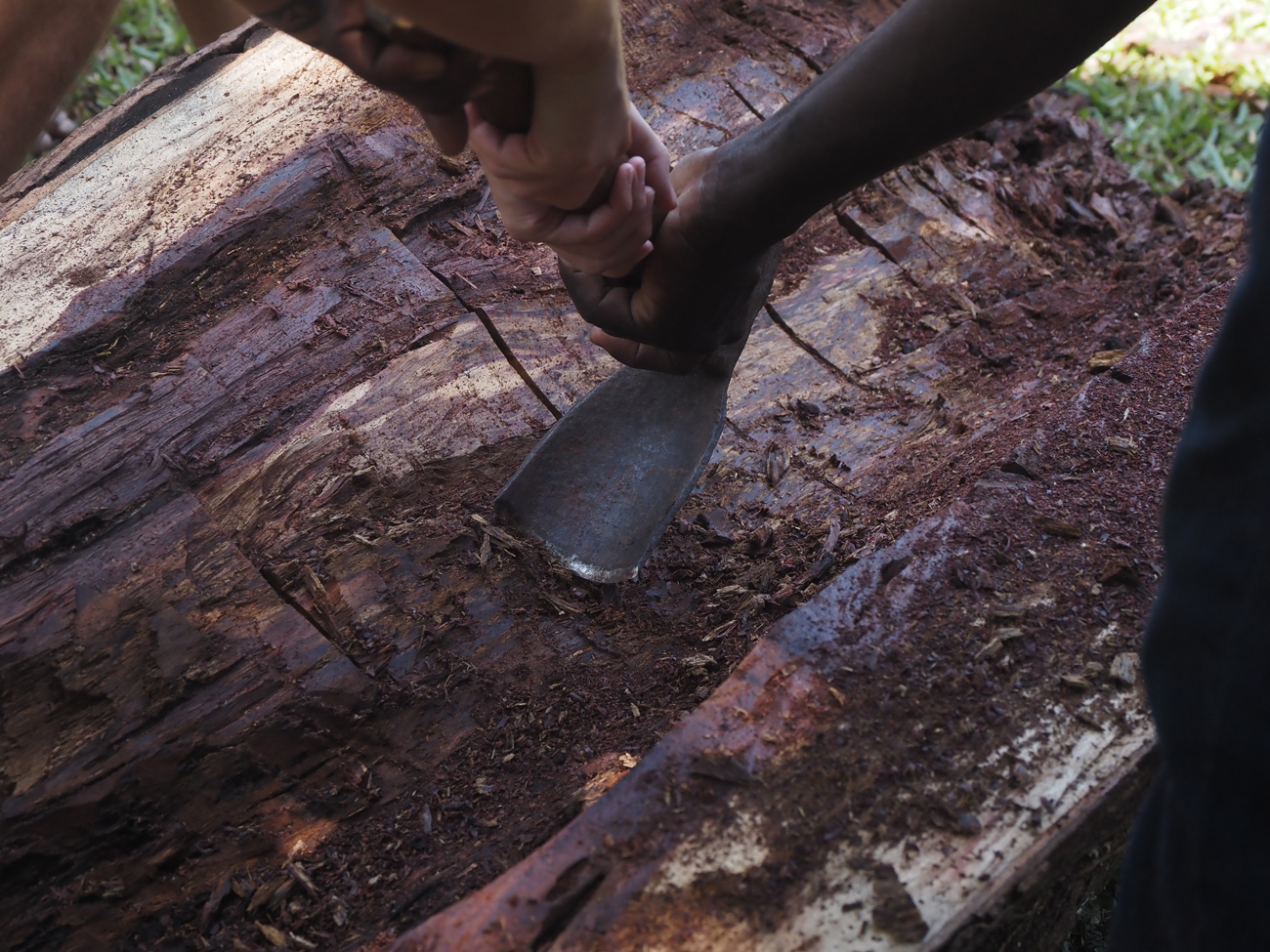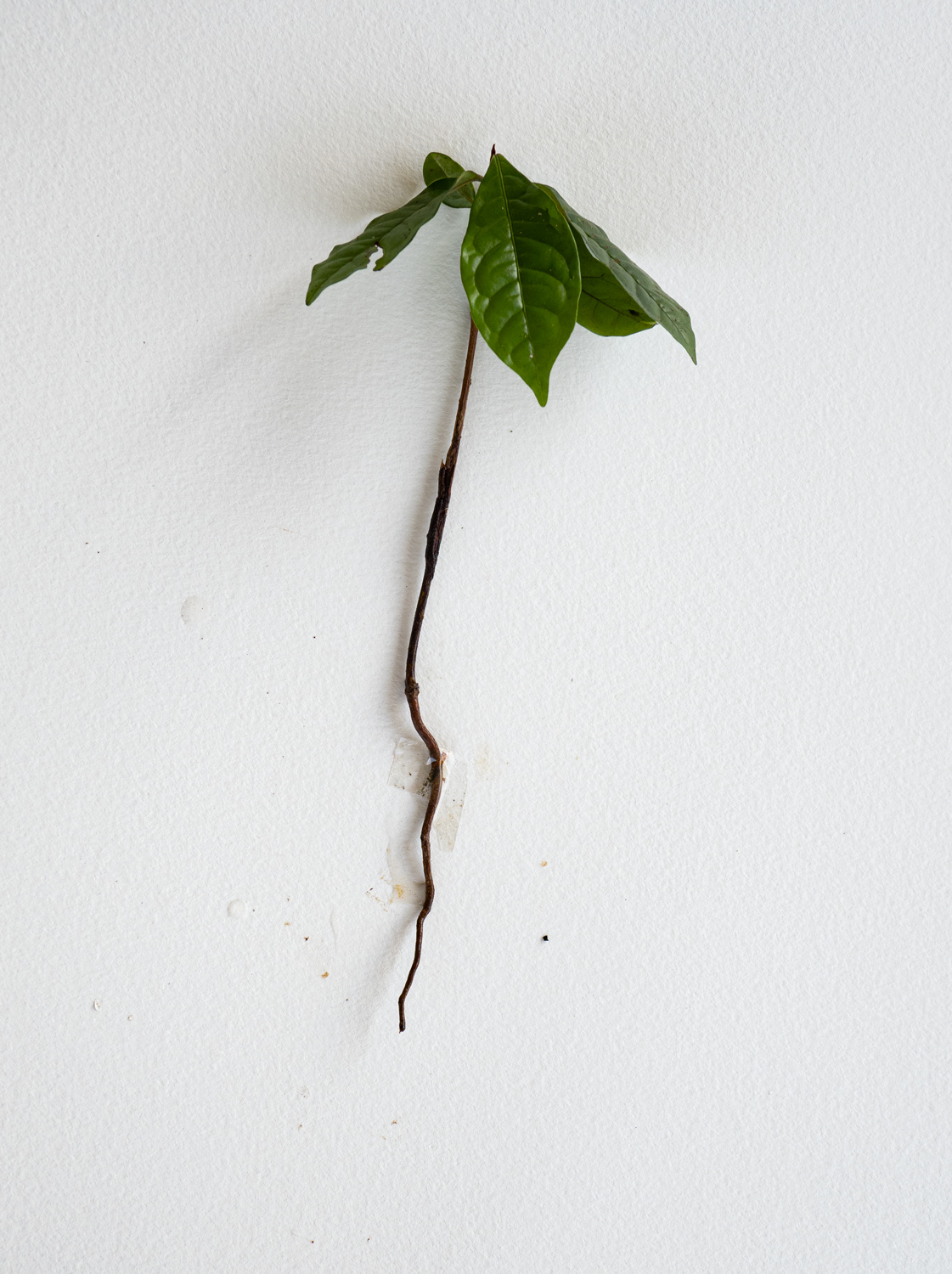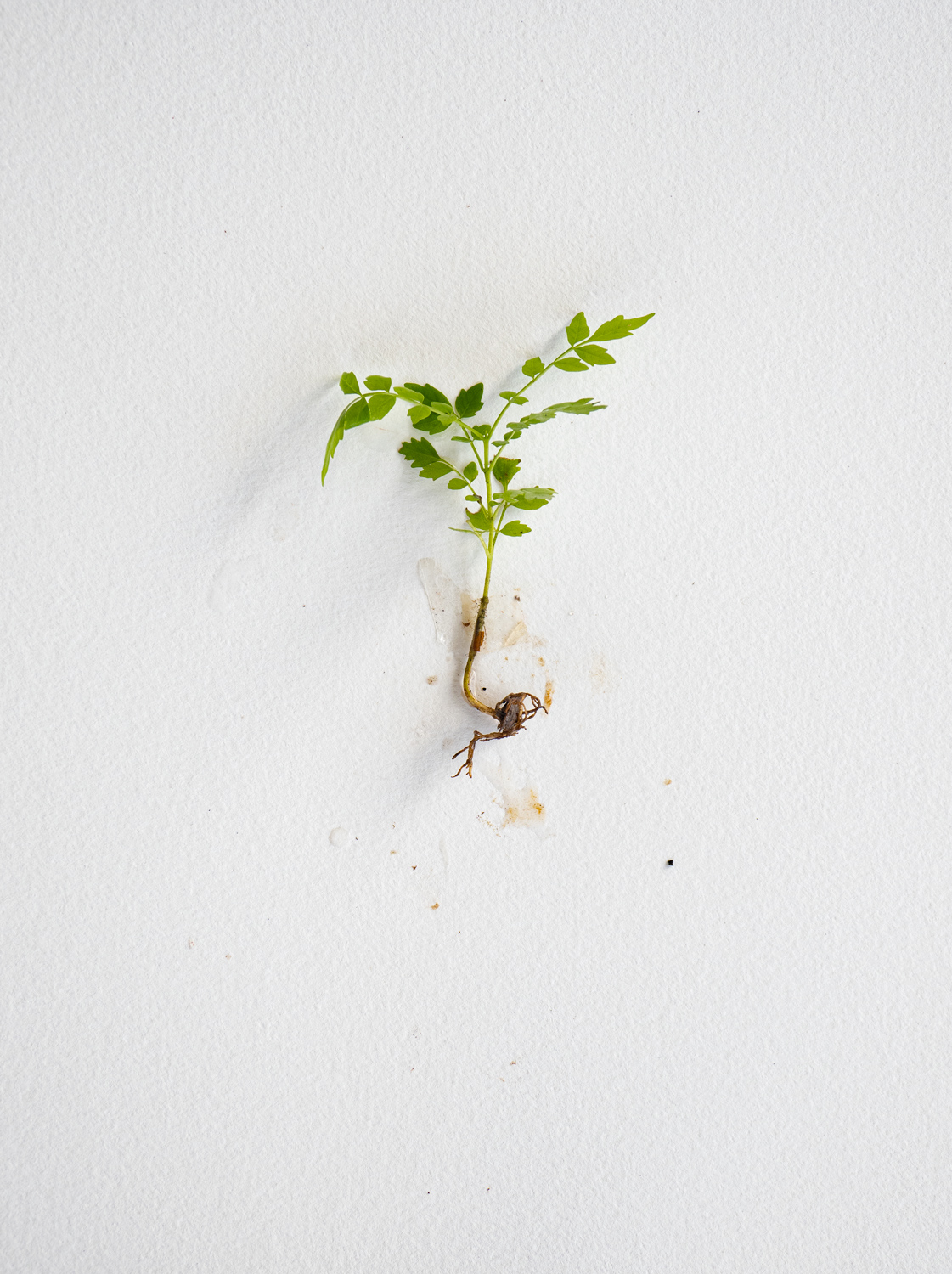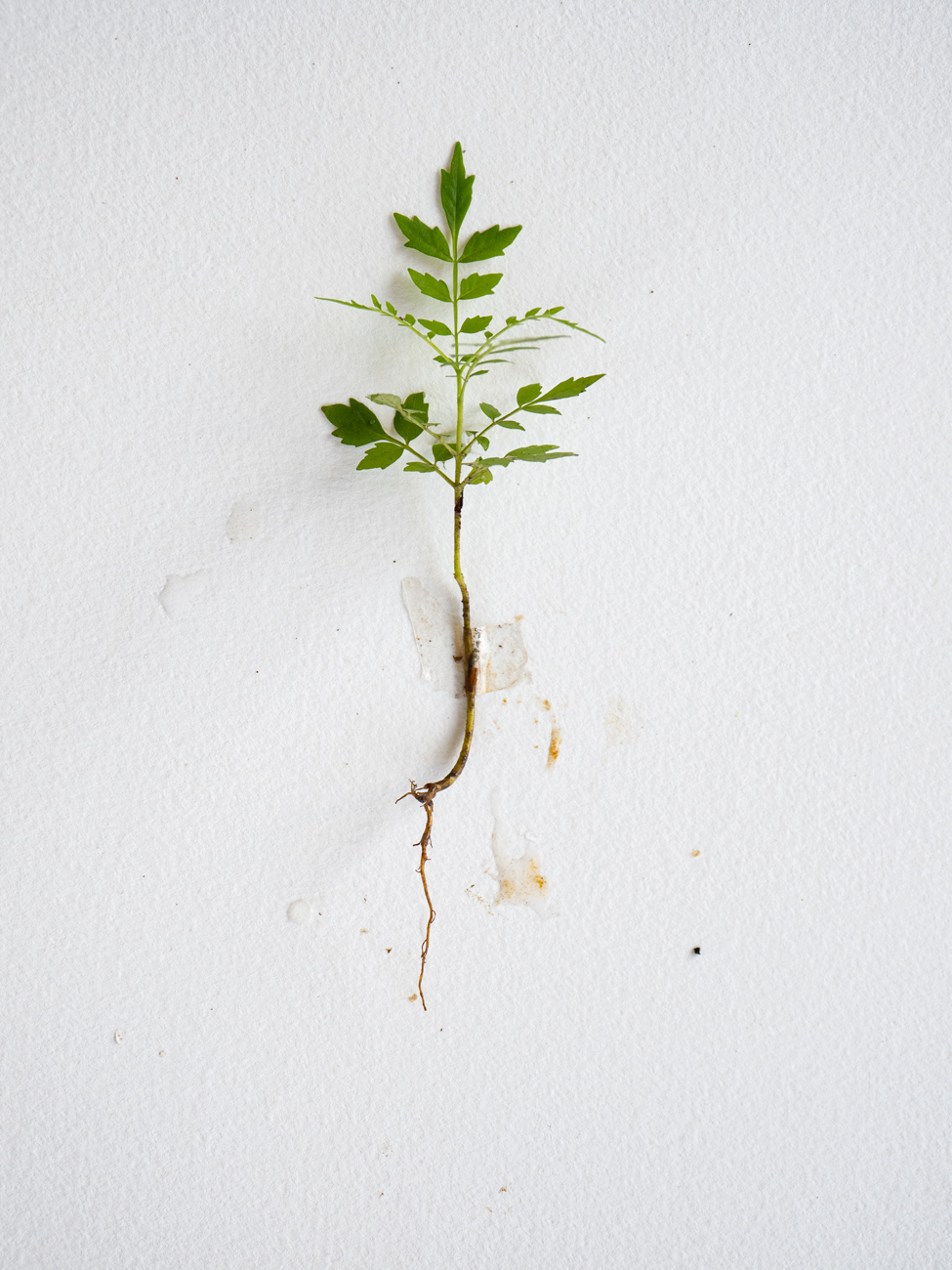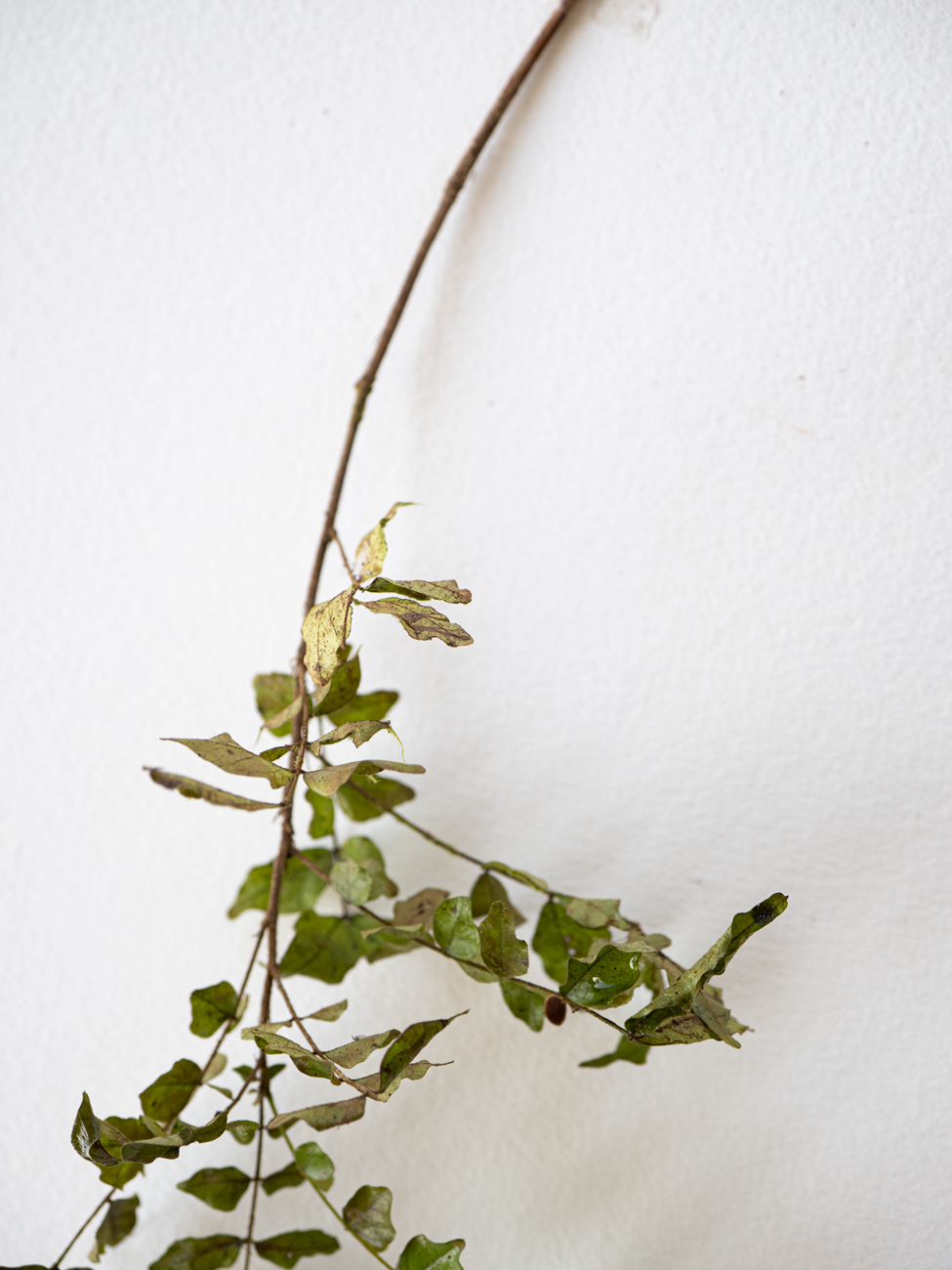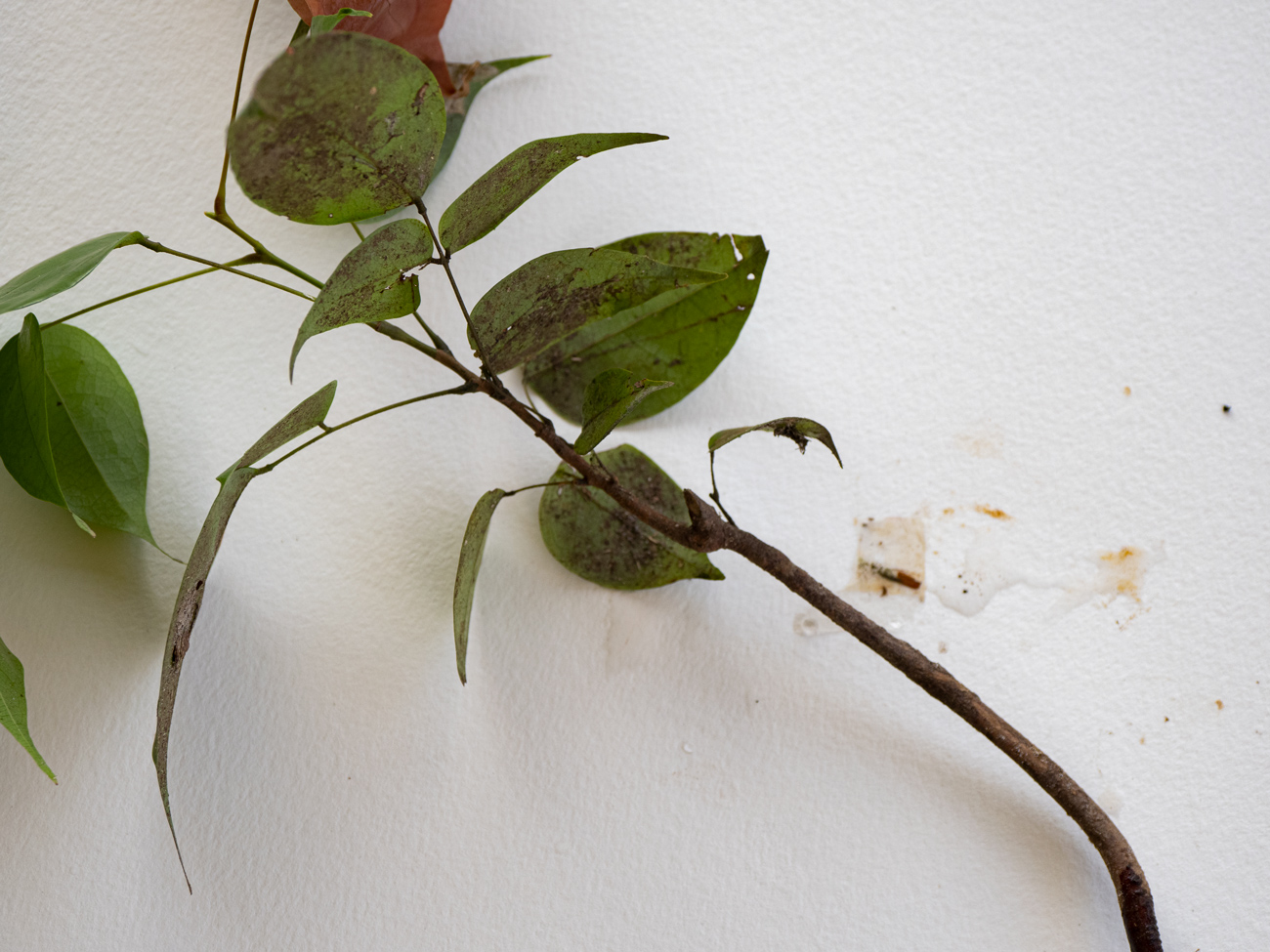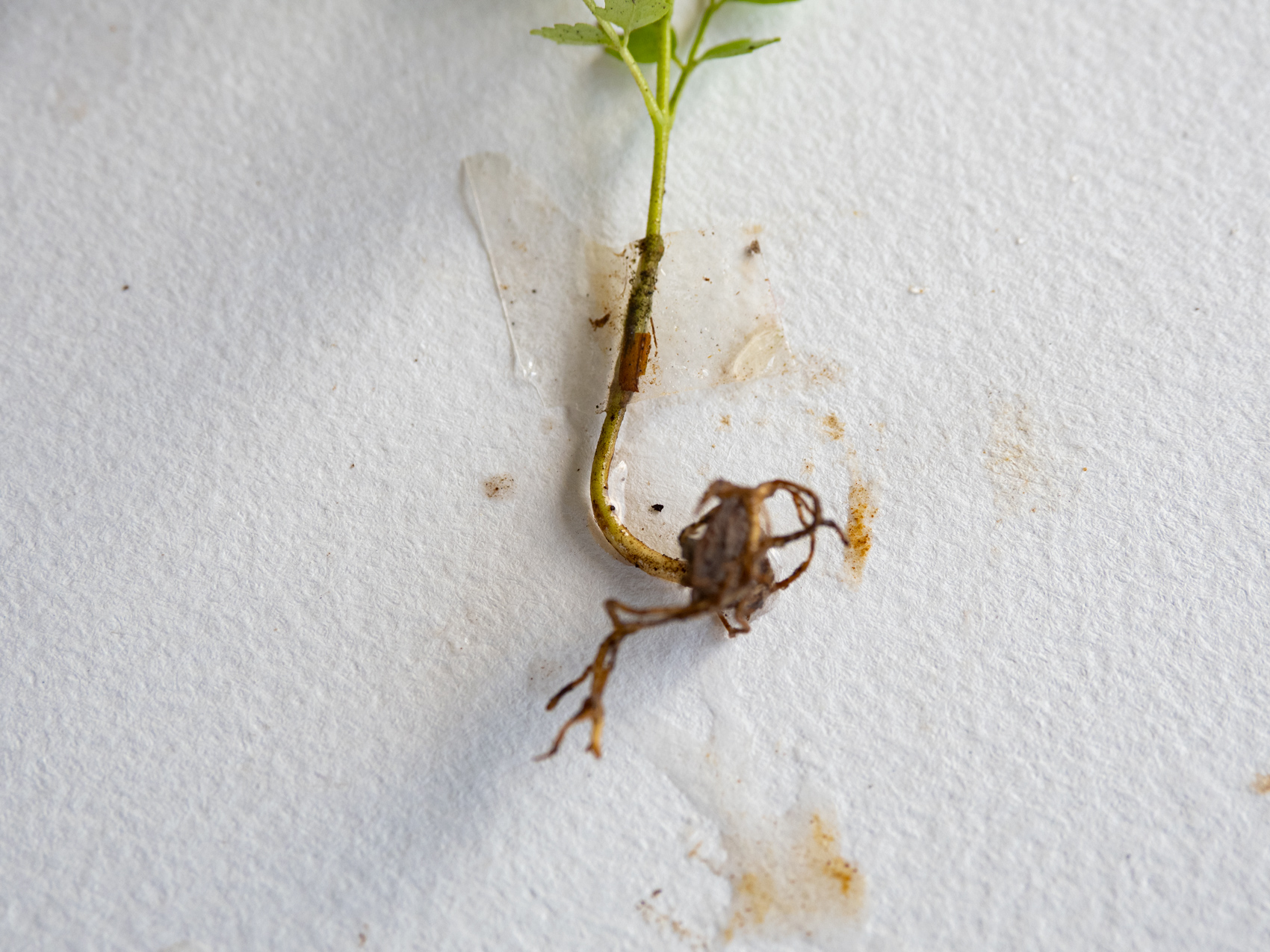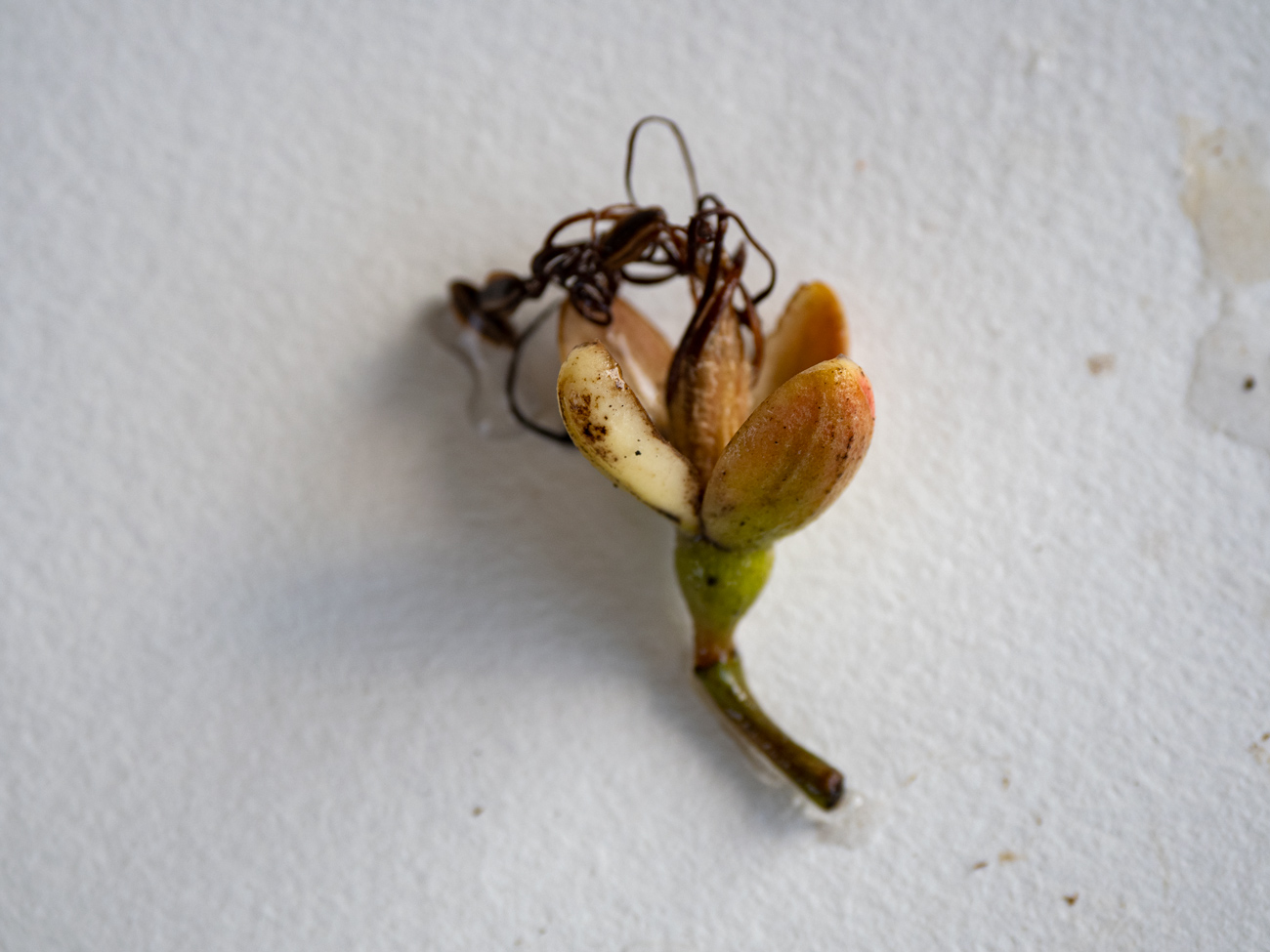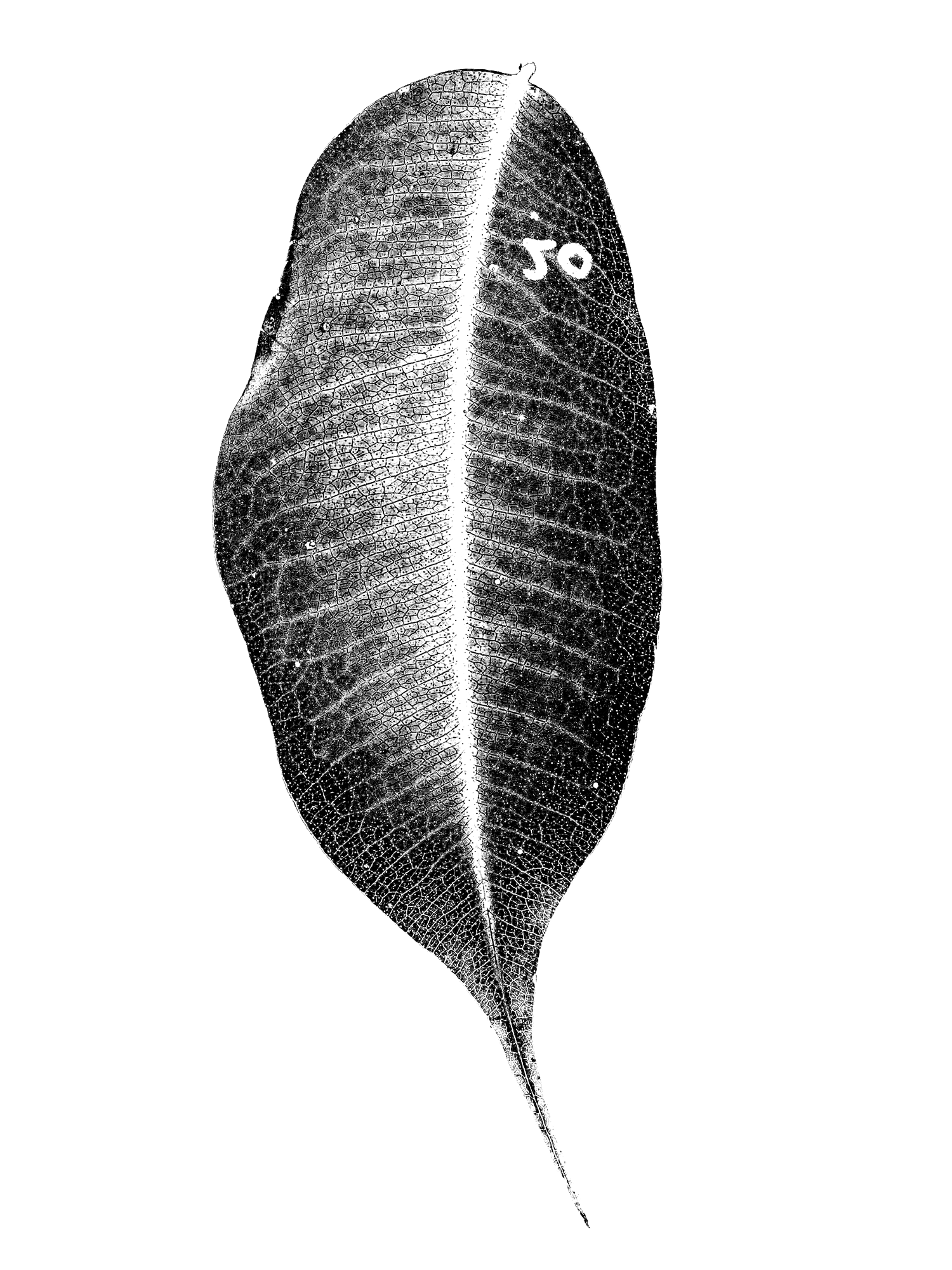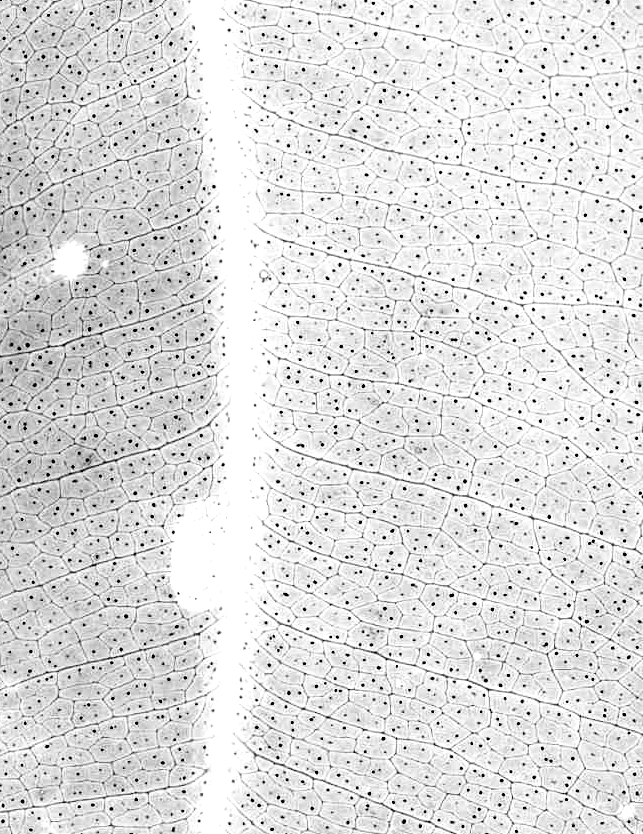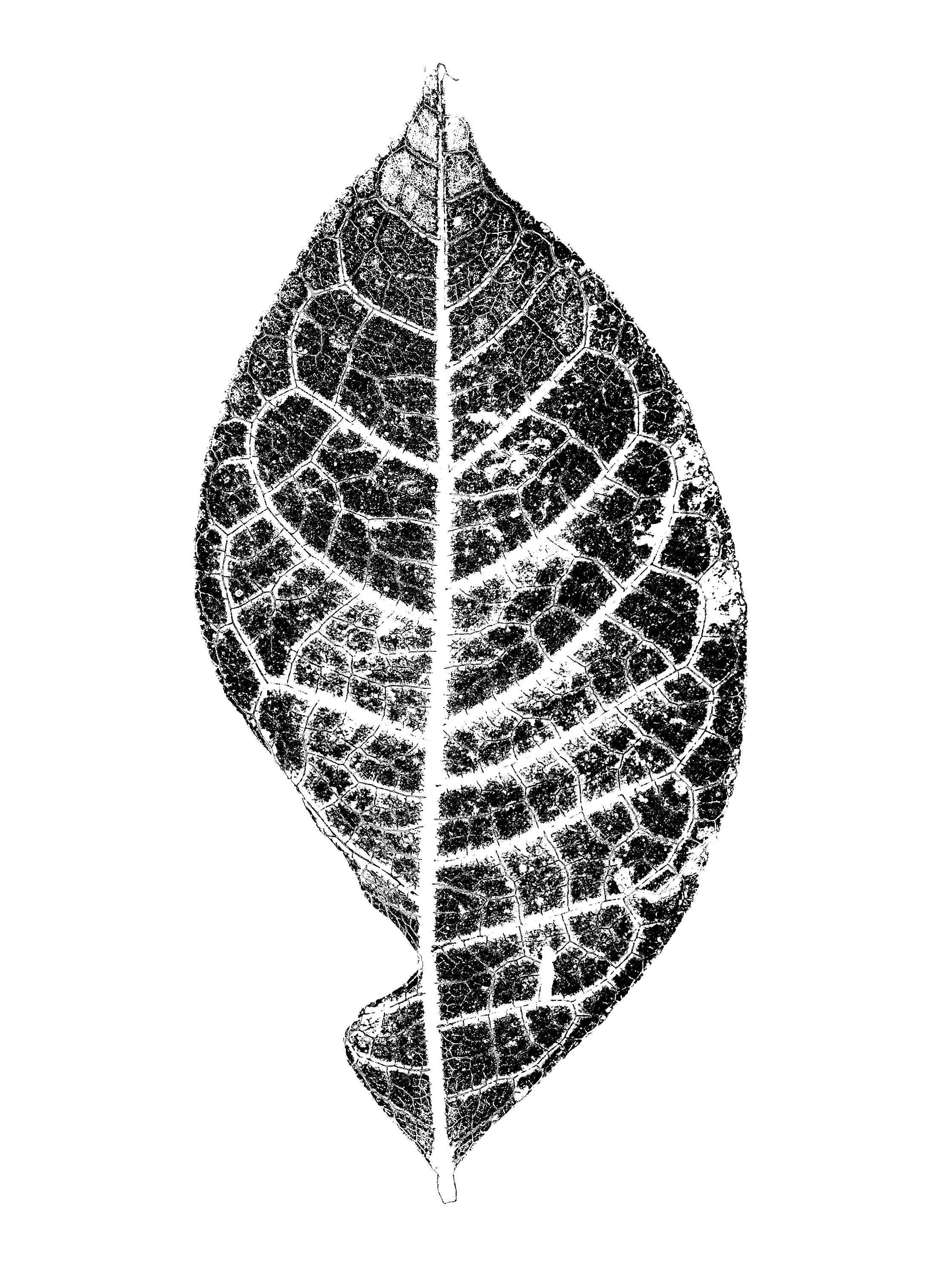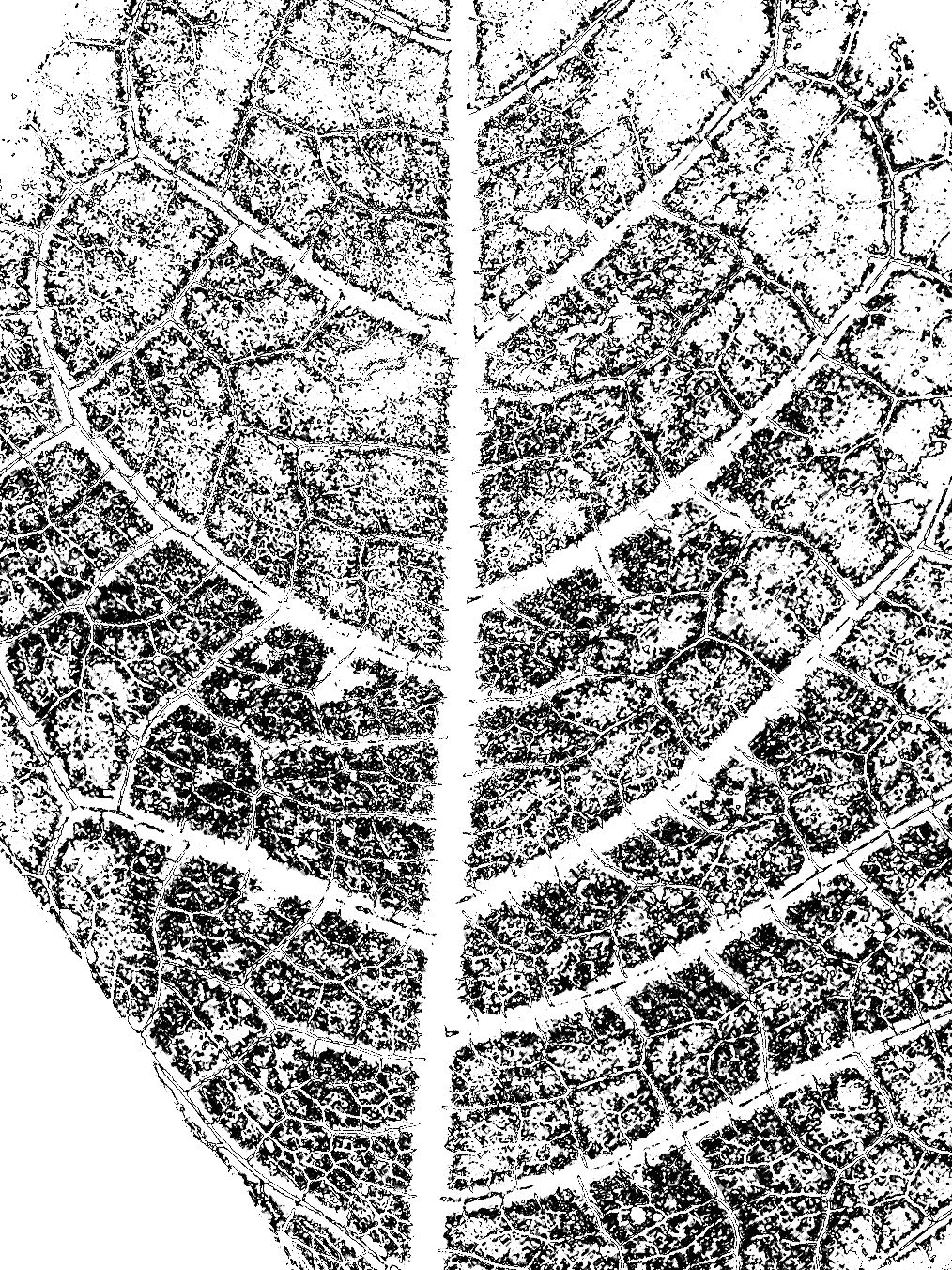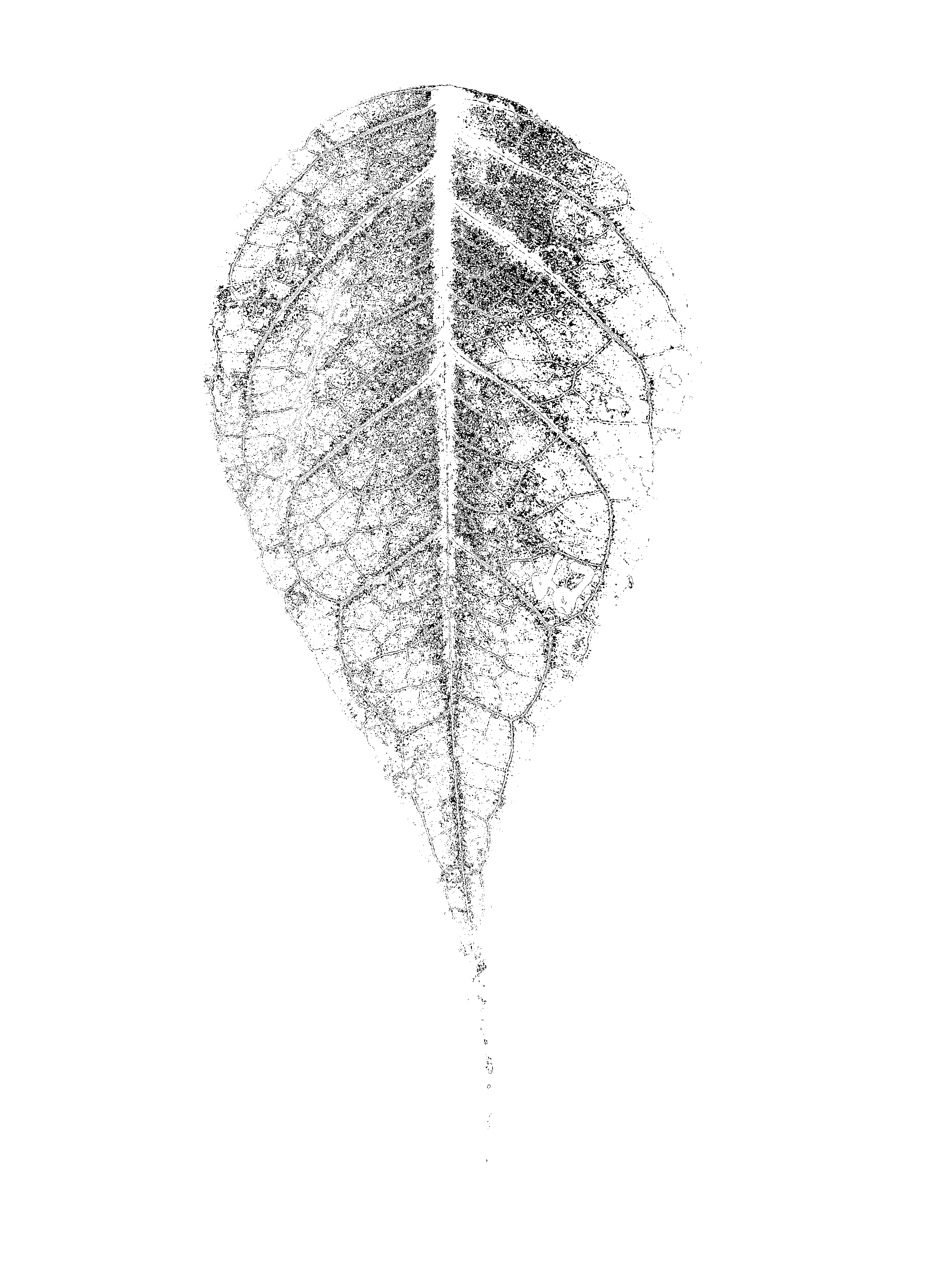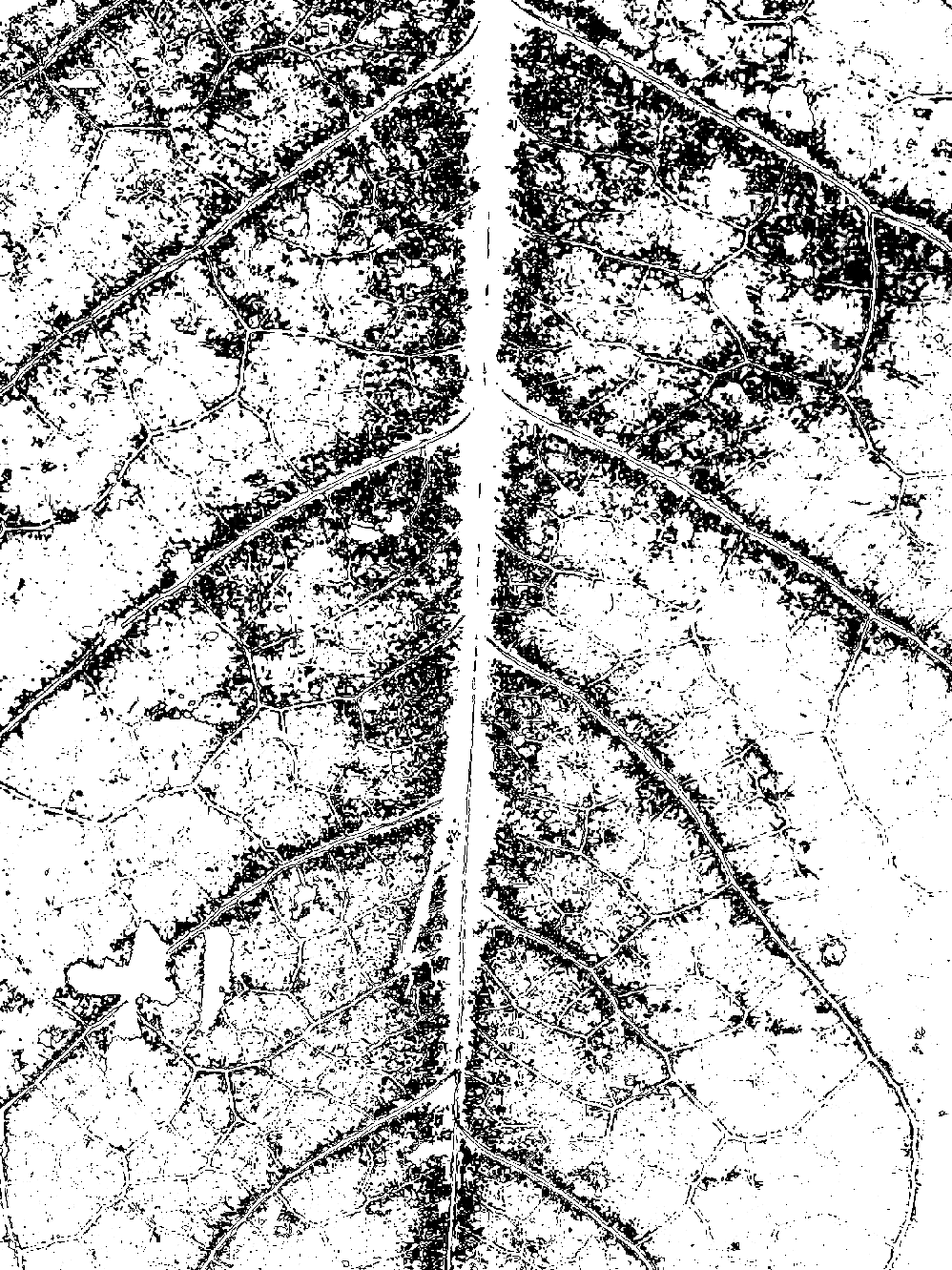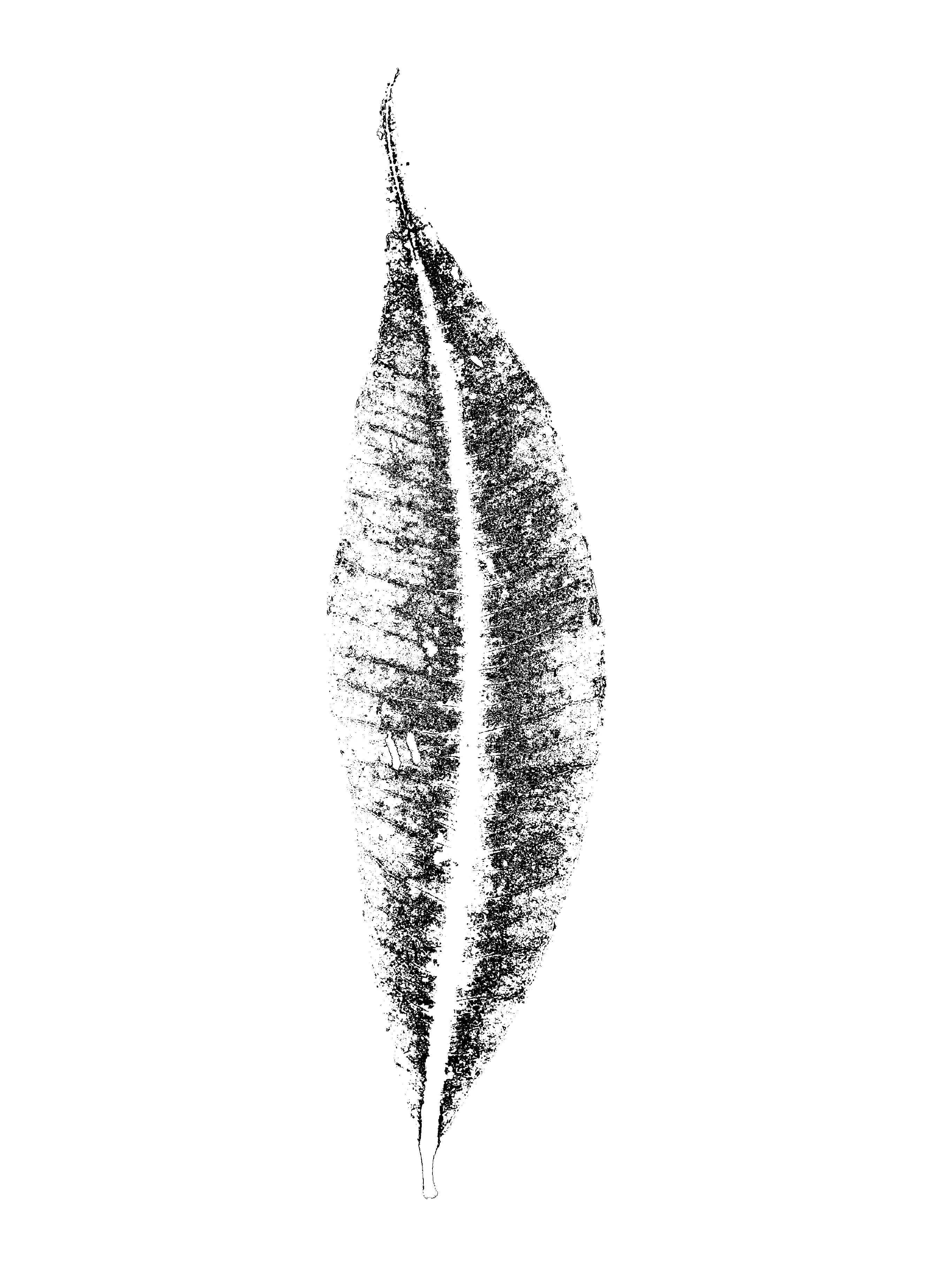Destination: Guyane Française
On the other side of the ocean, where the sea is not blue but brown, where the temperature does not vary and the
humidity drips from white clouds. In a destination considered European, but with a portion of the Amazon Rainforest, 95% of the country,
and where we can find indigenous peoples who continue to fight for their rights.
Raw nature
Plants and cultures
French Guiana is the project's first foreign destination.
The ethnographic/anthropological aspect of the project is born in this location, as well as complementing the research on the representation of nature.
Through the attempt to understand the art/craft of another culture, the questioning of the social location of objects,
the biomimetic reproduction and the direct collaboration between art and science.
Duration of the stay: 14 September 2021 - 15 December 2021
.jpg)
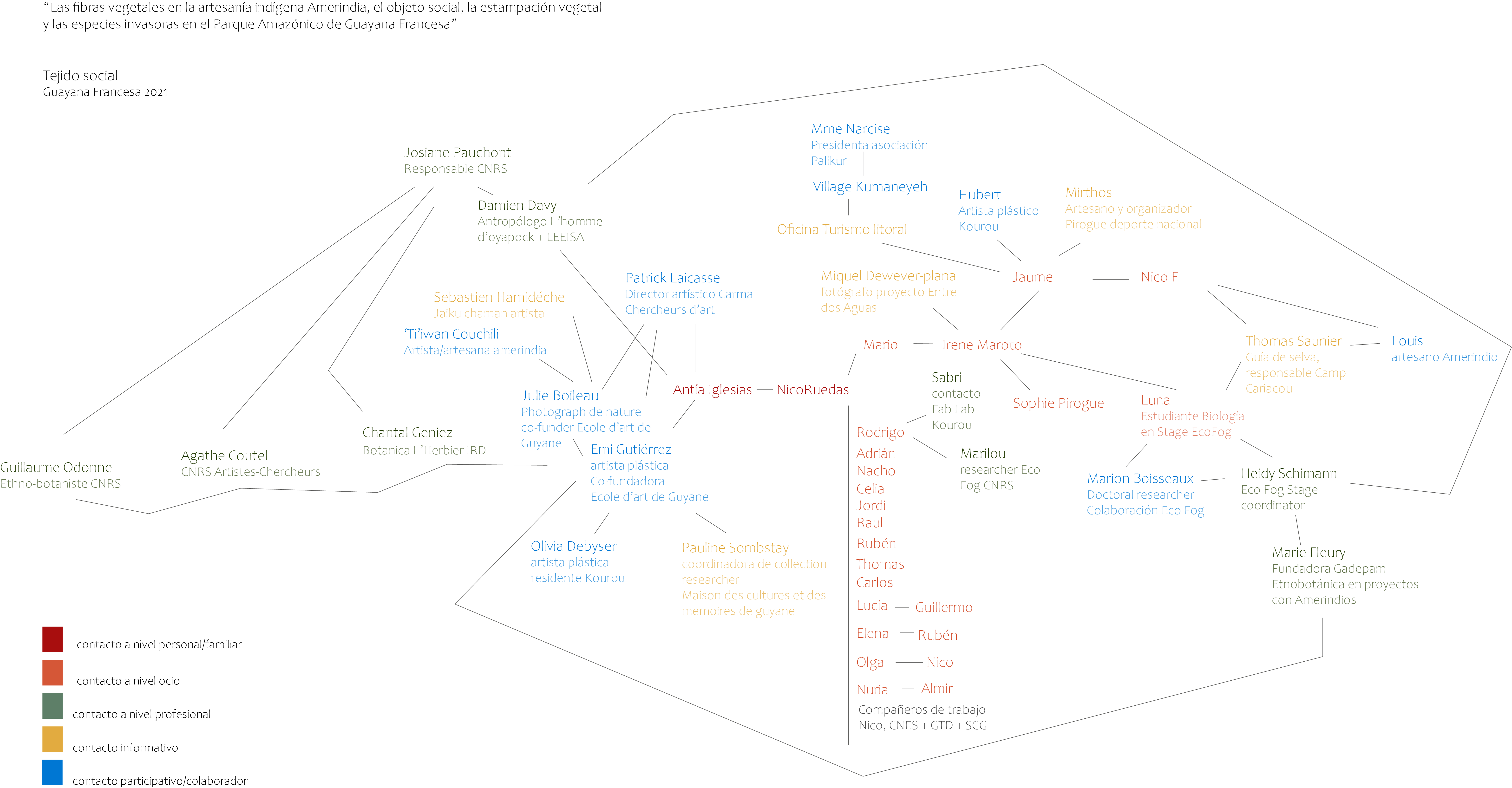
How did it works?
Two working plans: Non-occidental Arts&Crafts / Botanical illustration
The art objetc, the botanical image, the use of tradition and new approaches
Arts & Crafts in French Guiana
The construction of global definitions that distinguish or bring art and craftsmanship closer together is sought, trying to disassociate them (almost impossible) from the definition of art constructed in the West.
In order to arrive at this reflection, contact is made with agents in the field of study, French Guiana.
- Interviews and participative colloquiums
- Observation and analysis of social behaviour
- Understanding of the object as a social element
Art & Science collaboration
A collaborative project is planned with PhD student Marion Boisseaux and her thesis project "Réponses fonctionnelles et distribution des arbres tropicaux à travers des habitats contrastés dans un contexte de changement climatique" for the creation of botanical plates illustrating the species selected for her thesis. In addition to manual illustration and monotype copying techniques, we are experimenting with the creation of laser-cut xylographic matrices for the reproduction of textures. The aim is to make these results applicable to the field of science and botany.
Palikur women, Kumaneyeh community. Photographs taken with their consent. All rights reserved.
Main partner for this stage of the project: CARMA Art Centre, Chercheurs d'art, with Patrick Lacaisse.
The main reference used to visit and come into contact with the indigenous creators of Guyana was the publication:
La route de l'Art, Artistes de l'ouest guyanais,
Photographie David Damoison / Création graphique Franck Kauffmann / Texte Patrick Lacaisse. Technical and administrative support ONF Guyane, 2014.
In French Guiana we can find several ethnic groups (Kali'na, Wayana, Arawak-Lokono, Palikur, Teko, Wayäpi, Créoles and Aluku), thanks to the map elaborated by Damien Davy Commercialisation of indigenous handicrafts in French Guiana, we observe:
From north to south, coastal zone:
- Yalimapo (Kali'na)
- Awala (Kali'na)
- Christiankondre (Kali'na)
- Bellevue-Yanou (Kalhina)
- Kumaneyeh (Palikur)
- Cayenne (Arawak-Lokono)
- Kaw (Créoles)
- Ouanary (Créoles)
From north to south, inside:
- Papaîchton (Aluku)
- Elahe (Arawak-Lokono; Wayana; Teko)
- Talwen-Twenke (Arawak-Lokono; Wayana)
- Antecum-Pata (Arawak-Lokono; Wayana)
- Kayode (Wayana; Wayana; Teko)
- Saül (Créoles)
- Trois-Sauts (Wayäpi)
- Camopi (Teko; Wayäpi)
- Espérance de l'Oyapock (Palikur)
Reference bibliography:
- Baudrillard, J. (1970). El sistema de los objetos (0 ed.). SIGLO XXI Editores.
- Benjamin, W. (2012). La obra de arte en la era de su reproductibilidad técnica y otros textos(1.a ed.). Ediciones Godot.
- Bourriaud, N., & Lebenglik, F. (2006). Estetica relacional / Relational Aesthetics (Tra ed.). Adriana Hidalgo Editora.
- Davy, D. (2011). Comercialización de artesanía indígena y noción de tradición en Guyana Francesa: hacia una nueva terminología. Mundo Amazónico, 43–66. https://doi.org/10.5113/ma.2.16673
- Dufrenne, M. (2018). Fenomenología de la experiencia estética. U. Valencia.
- Han, B. (2016). La salvación de lo bello. HERDER.
- Shinner, L. (2004). La invención del arte: Una historia cultural. Paidós.
- Yanagi, S. (2020). La belleza del objeto cotidiano. Editorial Gustavo Gili.

Researching Stay at ECO-FOG Guyane
Biomimetical approaches for botanical illustration
Researching Stay with the researching group Eco-Fog (Ecologié des forets de Guyane)
Centre National de Recherche Scientifique (CNRS)
Institut National de Recherche pour l'agriculture, l'alimentation et l'environnement (INRAE)
Colaboration with the PHD researcher Marion Boisseaux with her project "Réponses fonctionnelles et distribution des arbres tropicaux à travers des habitats contrastés dans un contexte de changement climatique"
Working on the selected tropical tree species, botanical illustrations are produced in their initial stage of growth (1st year of development).
The main objectives are:
- to provide the scientific community with descriptive and artistic technical support to illustrate the research.
- to develop an experimental technique with the help of printing and graphic techniques for the reproduction of leaf textures and the detection of elements of morphological interest for the project.
Symphonia globulifera L.f.
Eperua falcata Aubl.
Pterocarpus officinalis
Tachigali melinonii (Harms) Zarucchi & Herend.
Jacaranda copaia (Aubl.) D.Don subsp. copaia
Virola surinamensis (Rol.) Warb.
Iryanthera hostamannii
Botanical illustration coming soon...

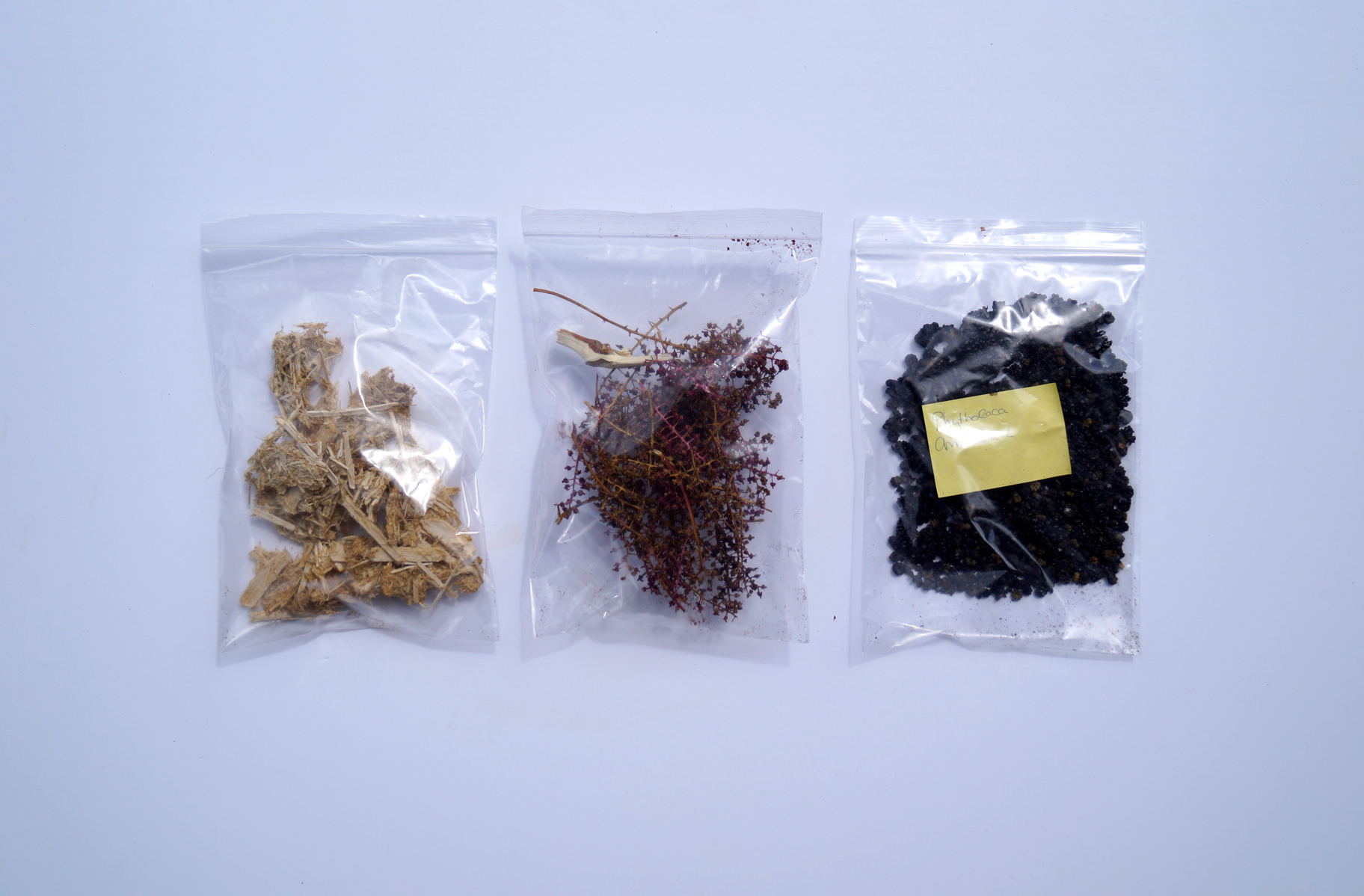
Scientific-technologycal
research methodology
Finding a use in the world of art for plant waste from invasive species in Galicia. Method of handmade elaboration of a woven or pressed support with the selected species.

Artistic-practical
research methodology
To create daily design objects that encourage experimentation in printmaking and graphic techniques. Direct printing, monotype and lasser cutted xylography.

Theorical-conceptual
research methodology
Participatory ethnographic qualitative methodolgy with communities of artists/artisans from different cultures. The role of the creator. The boundaries between useful, ritual and art objects.
